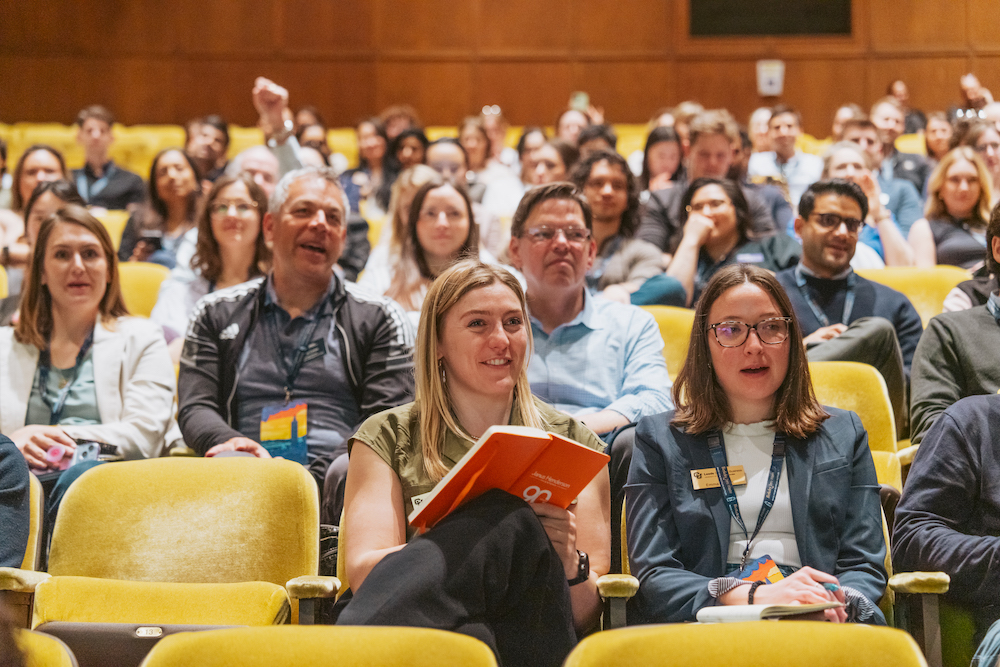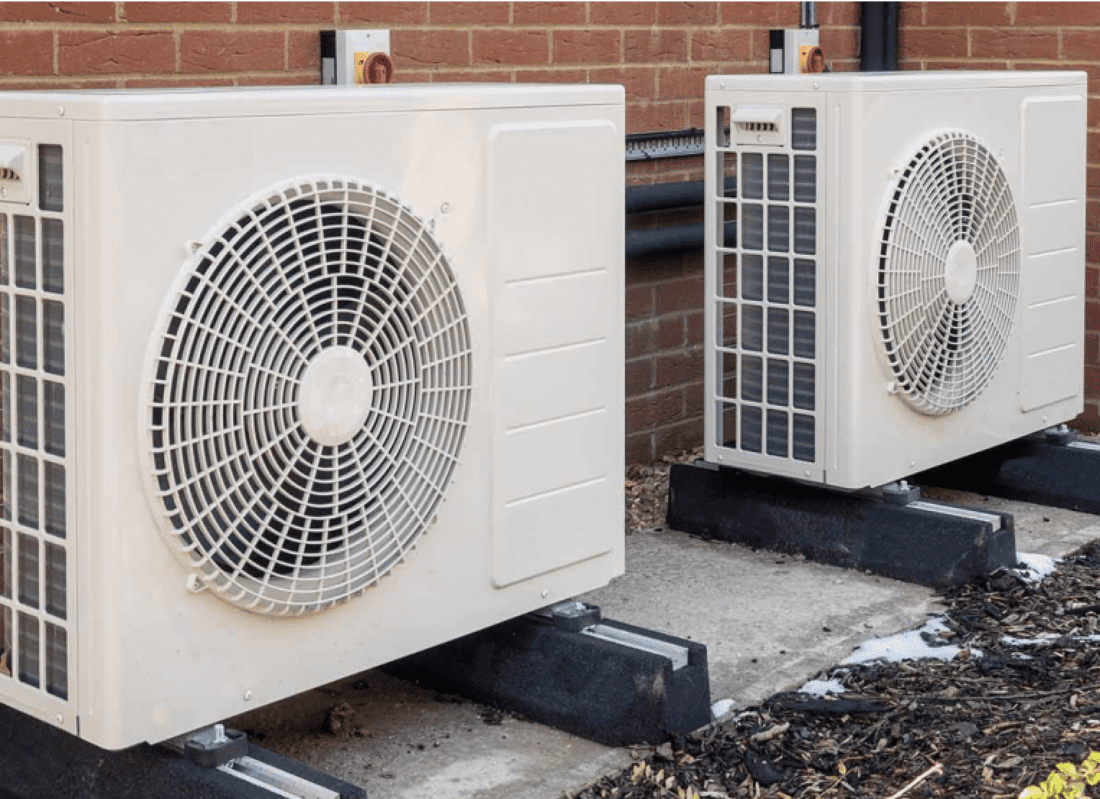Summit energizes hundreds of MBA students to lead climate innovation
Student teams pitched cleantech products ranging from color-coated roof shingles to portable biomass reactors at the 2019 Cleantech to Market Symposium. The 11th annual symposium was held in Chou Hall on Dec. 6.
Cleantech to Market (C2M) is a 15-week accelerator program that brings together graduate students, industry leaders, and researchers to propose and commercially market cleantech innovations from existing startups, government-sponsored programs, and incubators.
About 150 students, alumni, and cleantech entrepreneurs attended the day’s events. Throughout the symposium, seven C2M teams—consisting of 20 MBA students and 19 graduate students from law, engineering, chemistry and other Berkeley schools— pitched promising innovations that could benefit both the public and industry.
Janea Scott, vice chair of the California Energy Commission and Richard Lyons, former Haas dean and chief innovation and entrepreneurship officer for UC Berkeley, both gave keynotes, with Lyons kicking off the symposium.
Brian Steel, co-director of the C2M program said he was highly impressed with this year’s event. “I feel that it was the best overall symposium we’ve ever had. And by that I mean the highest quality of team presentations and audience attendance. They [students] worked so hard and for them to look out and see people with shining eyes and appreciating what they’re doing, that’s what it’s all about.”
Here are this year’s winning C2M teams:
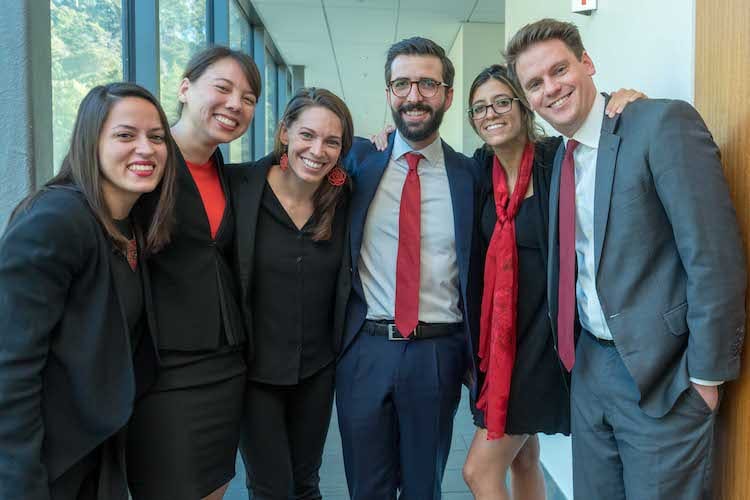
From left to right: Amaani Hamid, Alison Lui, Tzipora Wagner, Alberto Gutierrez, Stephanie Rank, and Thomas Larson. Photo credit: Jim Block.
Takachar: A portable reactor that turns biomass into reusable products such as fuel and fertilizer using a process called oxygen-lean torrefaction. The team says that Takachar has the potential to eliminate 100 million tons of CO2 emissions annually. Team members include Thomas Larson, MBA 20, Alison Lui, PhD 23 (chemical engineering); Stephanie Rank, MBA 20; Amaani Hamid, MDP 20 (development planning); Alberto Gutierrez Garcia, MBA 20; and Tzipora Wagner, MS 20 (energy & resources).
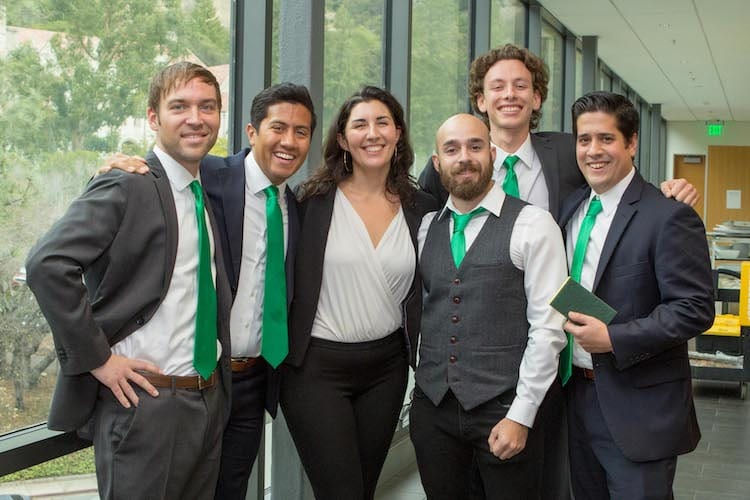
From left to right: Nick Matcheck, Af Hernandez, Julie Rose, Nayef Derwiche, Lucas Duffy, and Michael Galluzzo. Photo credit: Jim Block.
EnZinc: A 3-D zinc sponge electrode that would allow a nickel-zinc battery to operate. With this new technology, the nickel-zinc battery would be as powerful as the lithium-ion battery, yet cheaper to produce and safer to use. Team members include Af Hernandez, MBA 20; Nayef Derwiche, MSc (engineering & management), Lucas Duffy, MDP 20 (development practice) Michael Galluzzo, PhD 21 (chemical engineering); Nick Matcheck, MBA 20; Julie Rose, JD 20.
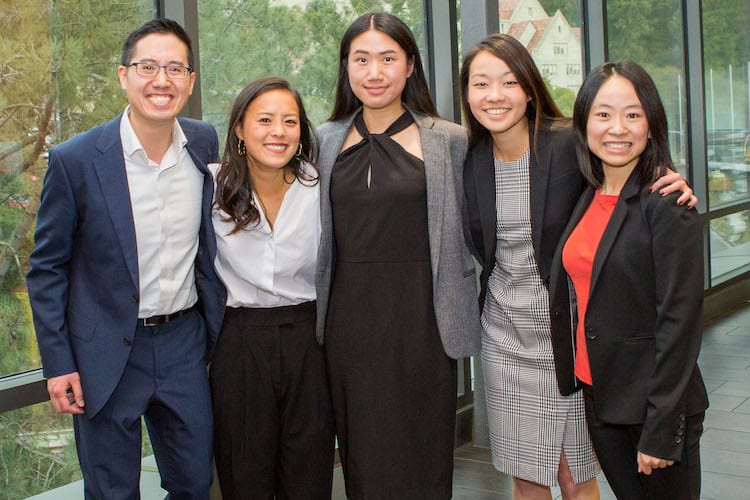
From left to right: Steven Wang, Joyce Yao, Shelley He, Deborah Tan, and Philomena Weng. Photo credit: Jim Block.
Noon Energy: Proposed a long-lasting, low-cost battery that outperforms the lithium-ion battery. Team members include Deborah Tan, MBA 20; Shelley He, PhD 20 (energy & environmental economics); Steven Wang EWMBA 20, Philomena Weng, PhD 20 (chemical engineering); Joyce Yao, MBA 20.
In addition to receiving award certificates and $100 gift cards for their presentations, students said the most meaningful part of the program was working with talented colleagues from multiple disciplines and being exposed to an emerging industry.
“We came here as much for the projects as we did for the people,” said Thomas Larson, MBA 20. “Winning an award makes it all the sweeter and validates the painstaking efforts that went into our presentation.”
Posted in:
Topics:
